You can contact us by e-mail or phone
from uk
01405 862917
outside uk
+44 1405 862917
01405 862917
+44 1405 862917
Festivals in Nepal
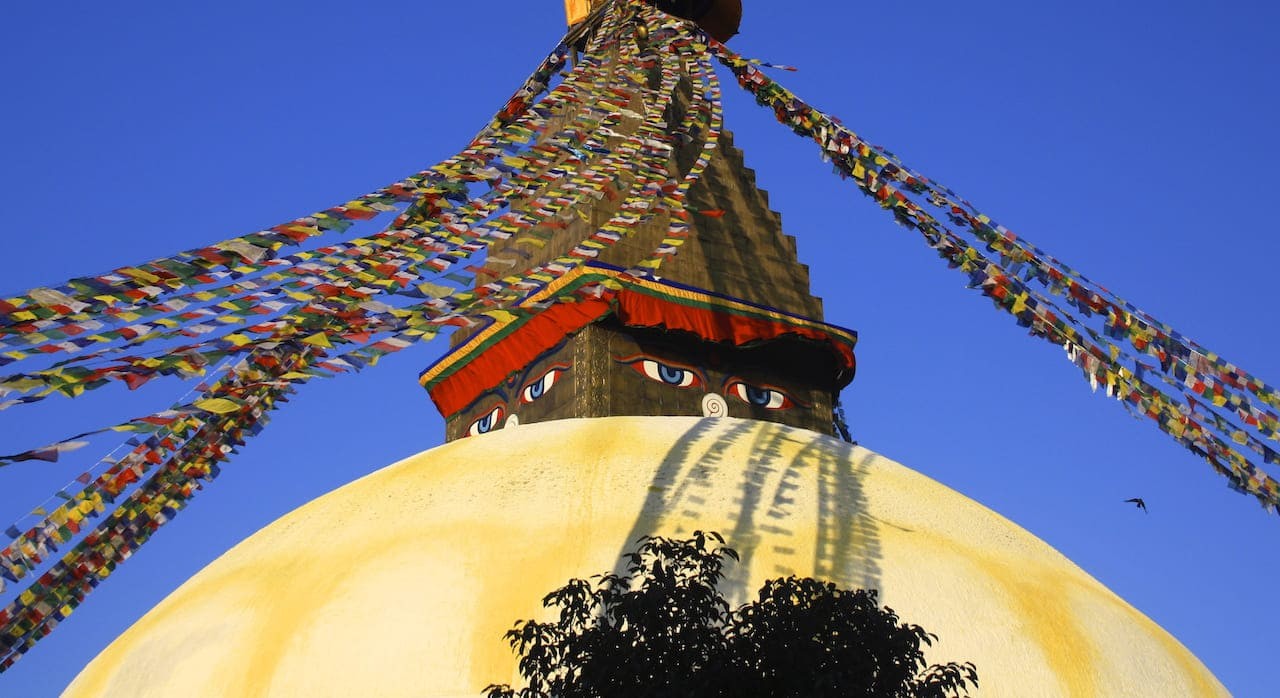
Festivals in Nepal
Nepal
Festivals
It sometimes feels like there's a festival happening in Nepal every other day. Compared to Europe, we have quite a lot of them (over 50), some of which you might notice during the course of your holiday; some are not always so obvious, other than the fact that it appears that Nepal has come to a standstill.
The precise dates for festivals usually vary from year to year, particularly religious festivals, as they are determined by astrologers in conjunction with the lunar calendar.
Our Festivals Selection
What, When and Where
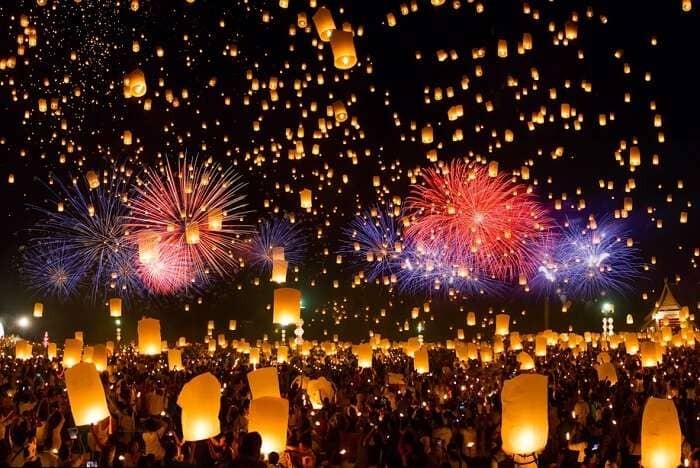
New Year
Known as “Navavarsha” in Nepal. The New Year in Nepal isn't January 1st, and it usually falls in the second week of April. Nepalese New Year is more of a family occasion and is also a public holiday. The Nepalese often have family outings on this day and various other family gatherings.
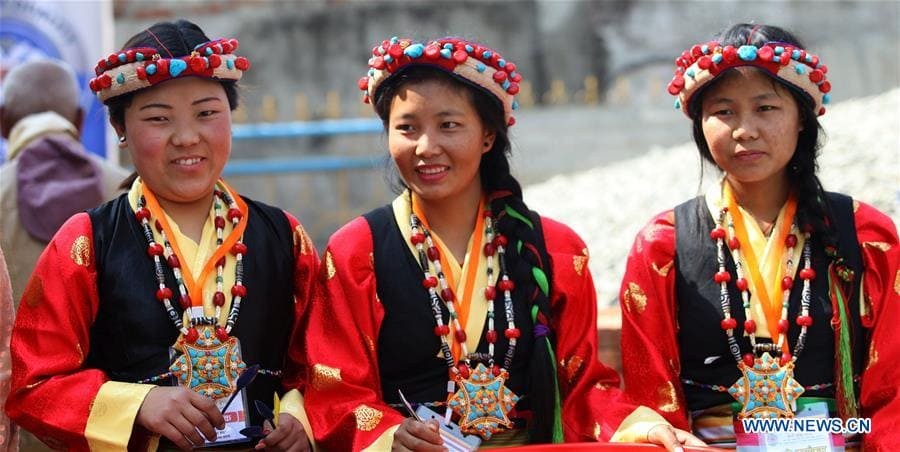
Lhosar (Tibetan New Year)
Celebrated both by Tibetans living in Nepal, the Sherpa people in the Everest region, and remote Buddhist communities high in the Himalaya. The Tibetan New Year falls in February. Buddhist locations in Kathmandu, such as Bodnath and Swayambhunath, are decorated with colourful prayer flags. The people perform their traditional dances and welcome the New Year with feasts and family gatherings, wearing their best traditional clothing and exchanging gifts. Christmas and New Year's rolled into one.
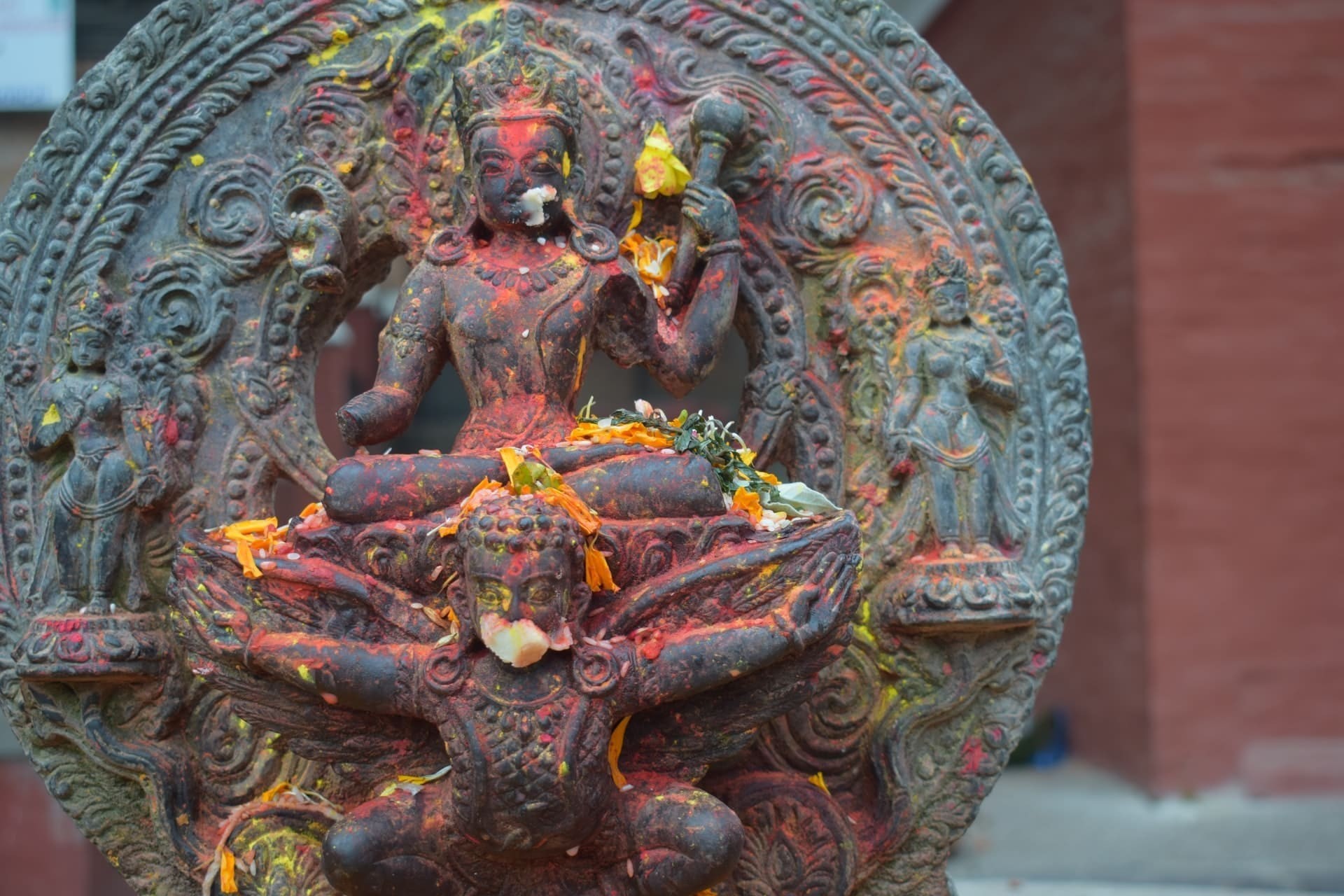
Saraswati Puja
Celebrates the birth of Saraswati, the Goddess of Learning. A day when people, from schoolchildren to academic scholars, worship their pens and books to please the Goddess and in anticipation of her favour in their learning so they become wise and knowledgeable. Offerings are also made to the Goddess Saraswati, particularly at Swayambhunath.This day, which falls between January and February, is also regarded as an auspicious day for marriages.
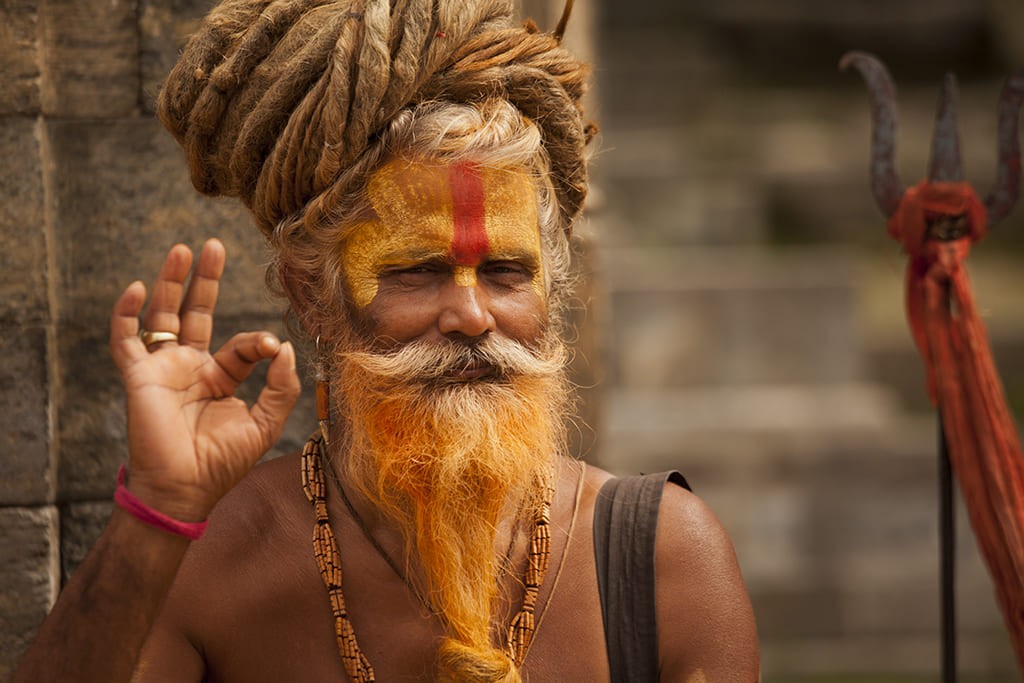
Shivaratri
A major festival. The night of Lord Shiva (which marks his birthday) falls sometime between February and March. Shiva is the most worshipped God in Hinduism. Thousands of Hindu devotees from all over South-east Asia gather weeks ahead of the festival around Pashupatinath temple in Kathmandu to pay homage. Worshippers will take a dip and bathe in the holy Bagmati River at dawn and then fast for the whole day. On this day, the devoted are allowed to indulge in the smoking of marijuana (any other day, this is illegal).
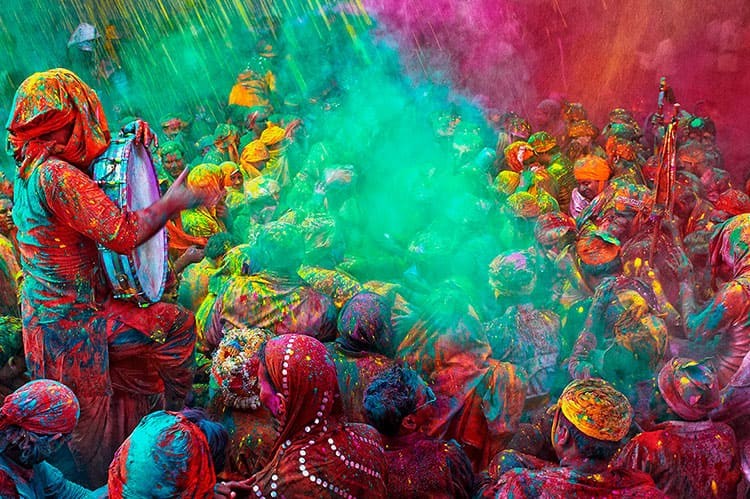
Holi
This festival of water and colour that falls between February and March is also known as “Phagu” in Nepal. The day is observed to celebrate the extermination of the female demon Holika. It's a really fun day that you can also join in with, as the locals (especially younger children) will throw colourful powder over one another and burst water balloons. You'll be a right colourful mess after a day of partaking in Holi.
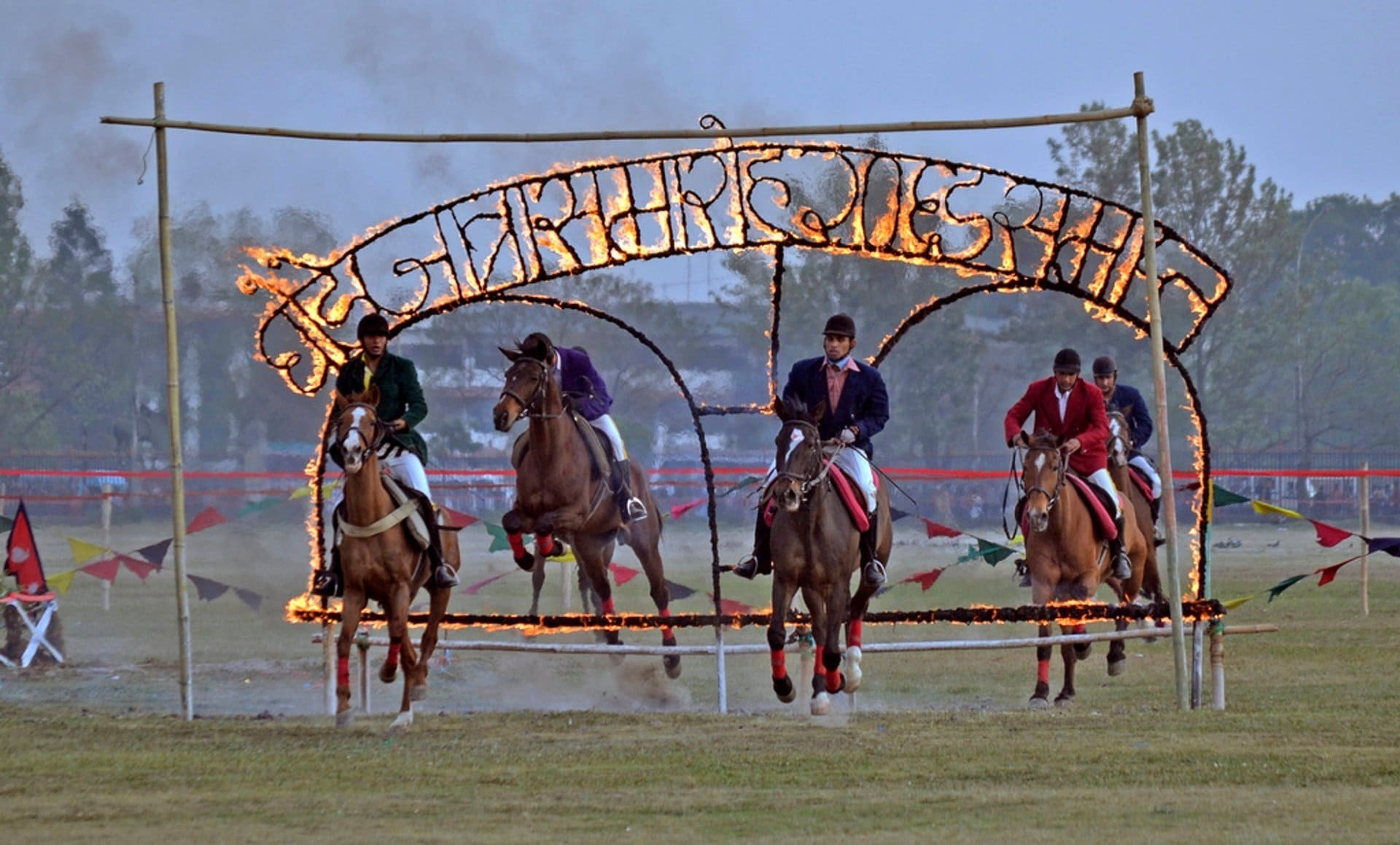
Ghode Jatra (Festival of Horses)
This festival takes place between March and April, and a grand horse parade takes place at Tundikhel. Although this festival isn't really of religious significance, lots of people head to Kathmandu, where on the outskirts they enjoy a day of horse racing and other exciting sports performed by the Nepal Army.
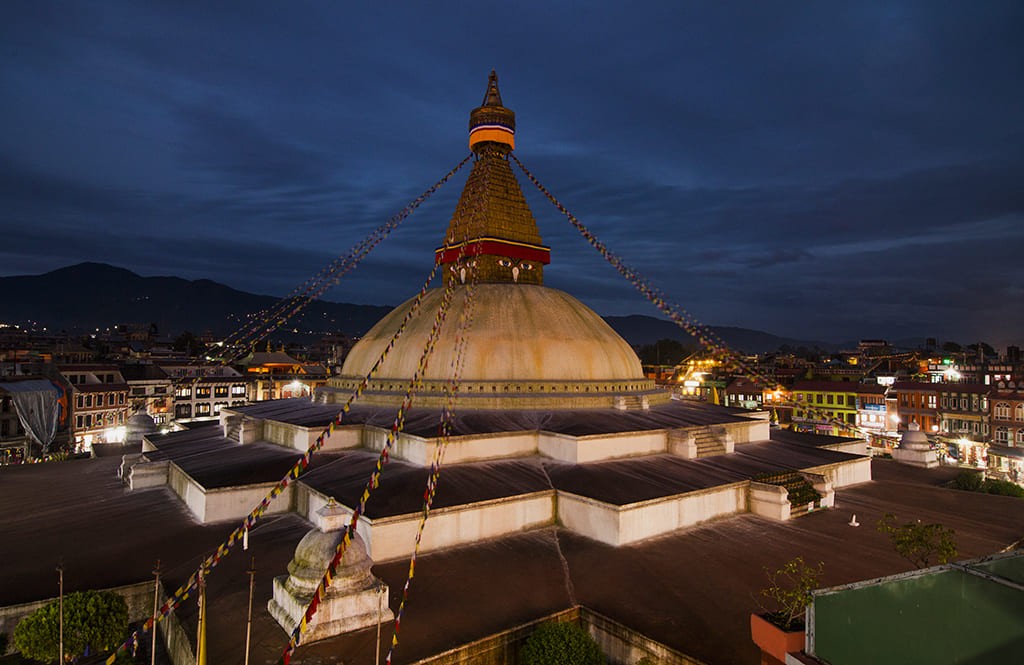
Buddha Jayanti
Buddha’s birth anniversary is celebrated in May in Nepal. Clearly, Lumbini (Buddha's birthplace) is the place to be on this occasion, but in other places where there are Buddhist monuments, the faithful will gather to chant prayers and light butter lamps. So, if you're in Kathmandu, then Swayambunath and Bouddha are the best places to observe this festival.
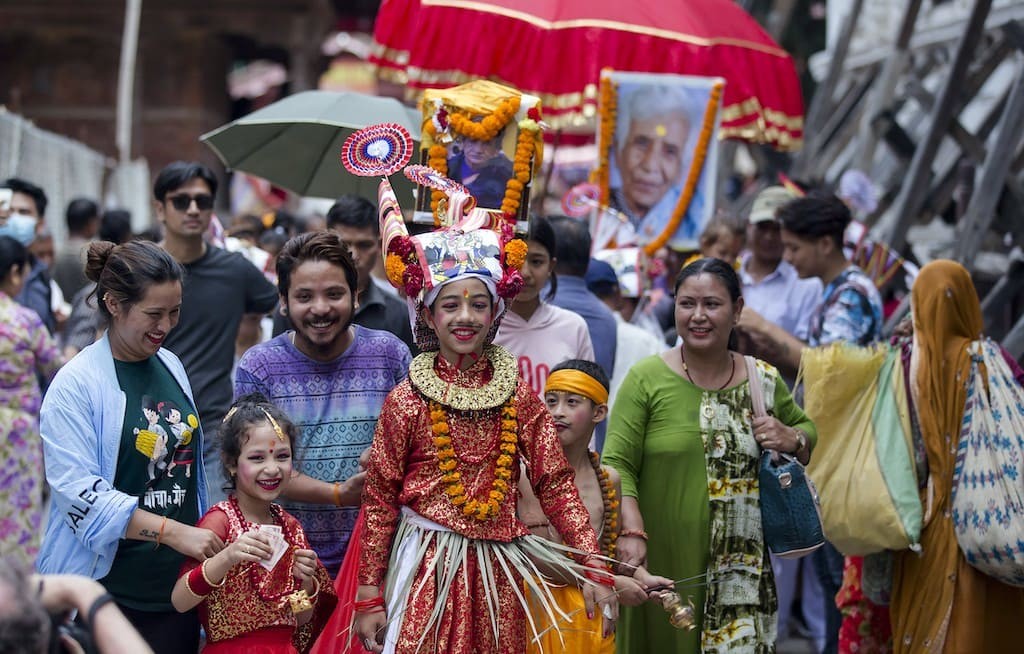
Gai Jatra (Cow Festival)
This usually takes place in August or September. It's a very popular festival, mixed with poking fun at one another and a hint of mourning too. Perhaps reminiscent of April Fool's Day, pranks and satire are the norm. It's traditional that families that have lost a relative during the year take part in a procession by having their young boys led through the streets of Kathmandu by a cow, while they themselves are dressed like a cow too.
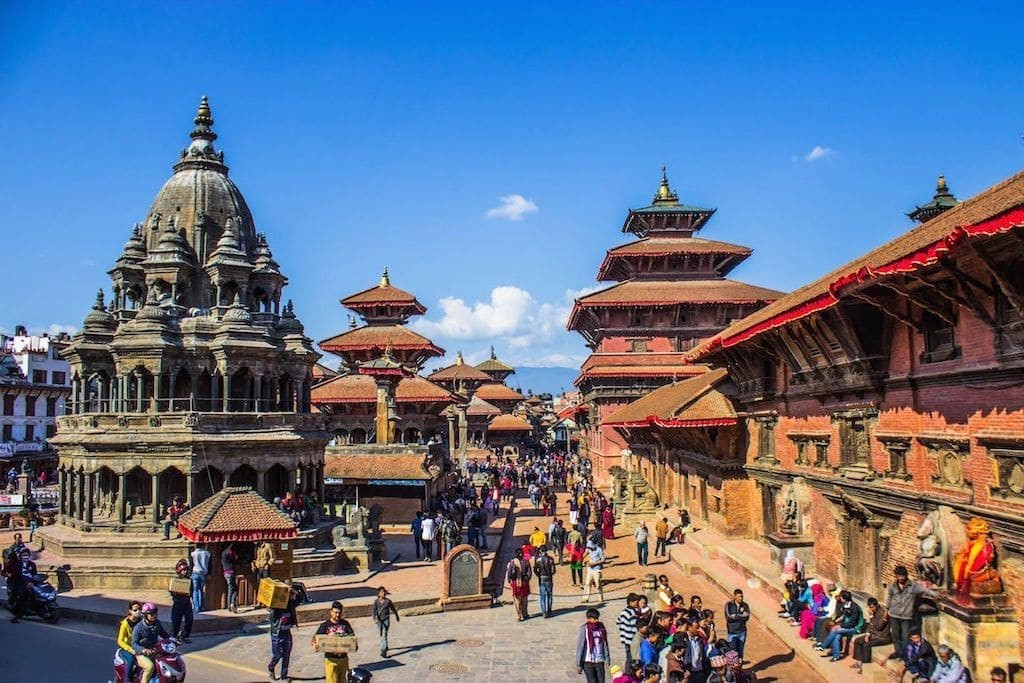
Krishna Janmastami
The birthday of Sri Krishna, believed to be the 8th incarnation of Lord Vishnu, This falls in August or September. Devotees gather at Krishna Mandir in Patan and other temples that contain the idol of Sri Krishna and offer prayers, flowers, food, sweets, and chant hymns too.
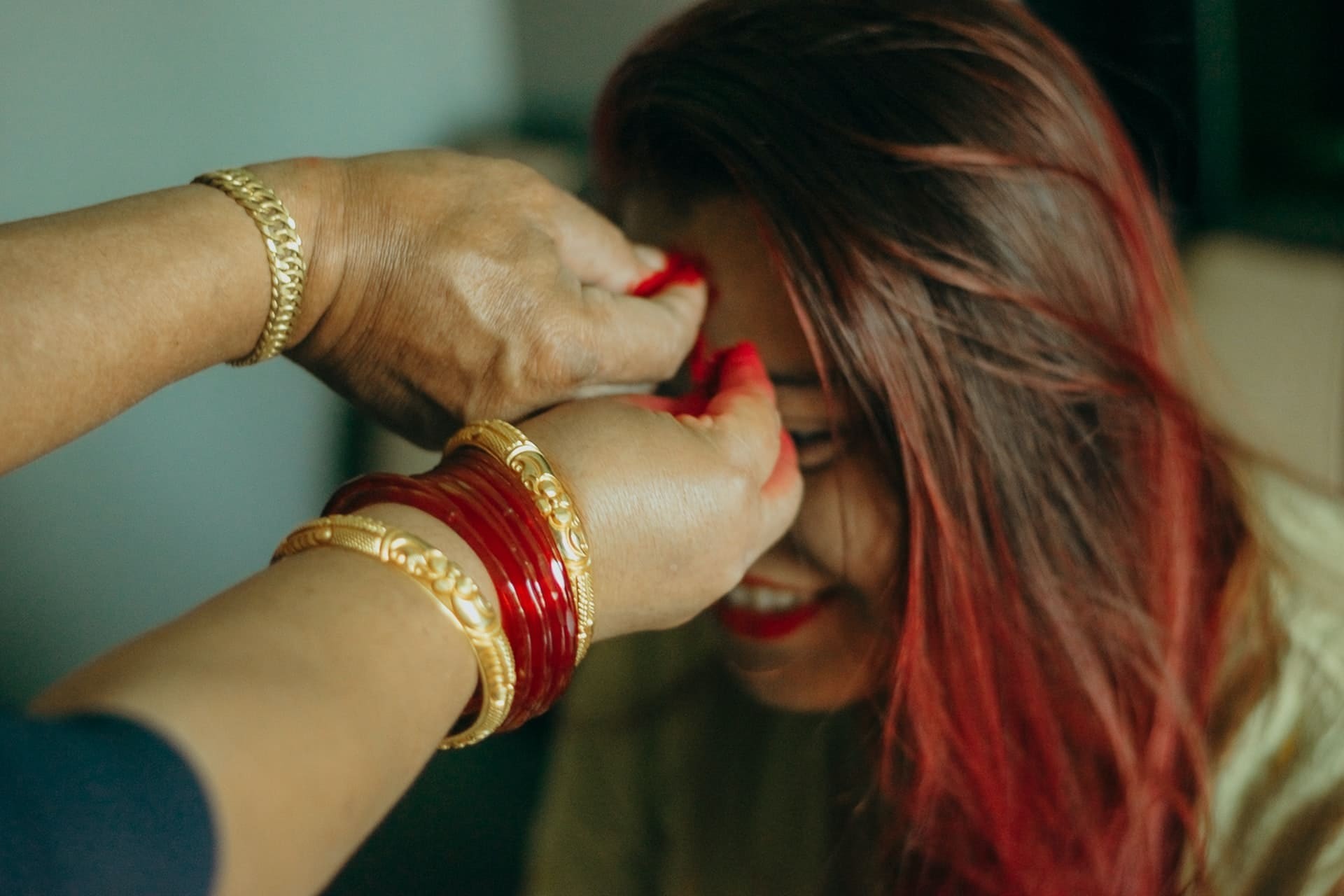
Teej
This Hindu festival is celebrated in August or September and is sort of a husband's day. The women throughout Nepal will dress in red saris, sing, and dance. They'll also fast and pray to Shiva for their husbands health and longevity. Women who are not yet married partake too, in the hope that they'll eventually marry a good man. Pashupatinath is a particularly good place to witness this festival.
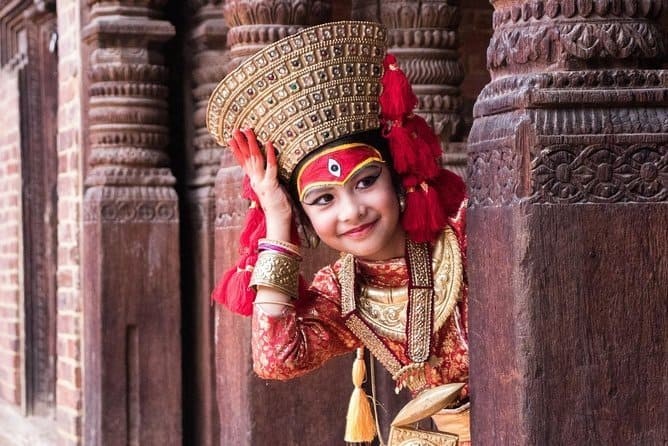
Indra Jatra
This festival is named after Lord Indra, the God of Rain and King of Heaven. It is celebrated by both Buddhists and Hindus in Nepal during August and September. The festival goes on for eight days. Masked dancers perform in Durbar Squares, and the Kumari, the Living Goddess, is carried through the main streets of Kathmandu to much rejoicing.

Tihar
This festival of lights that falls between October and November is the second-biggest festival after Dashain. The festival lasts for five days, and people worship Laxmi, the Goddess of Wealth. Homes are cleaned and decorated with the belief that Laxmi will enter the house that is the cleanest and people light candles, oil lamps, etc. Dogs and cows are worshipped, honoured with vermilion garlands, and given food treats to acknowledge what they have done for the lives of humans. During Tihar, the Newari community in Nepal also observes Mha puja, a ritual of worshipping your own body and life. Tihar ends with Bhai Tika, a kind of brothers’ day when their sisters worship them for their long, healthy lives and to protect the lives of their sisters. Gambling is also legal during this period.

Dashain (Bijaya Dashami)
The biggest and most anticipated of Nepal's festivals that lasts for 15 days and takes place from late September to early October. Dashain is the longest and most auspicious festival in the Nepalese annual calendar, celebrated by all, regardless of caste and following. Dashain occurs during the lunar fortnight ending on the day of the full moon. While the tourist industry carries on virtually unhindered, for almost the rest of the Nepalese people, it's almost one long, great public holiday. A time for shopping, feasting, fasting, prayer, and more. Each day of Dashain has different significance and is marked according to tradition. It could perhaps be best compared to our own Christmas period. A time when friends and family from afar reunite once more for the duration. It is also a time for both sacrifice and large-scale slaughter, and many foreign visitors find this particular aspect difficult to deal with.
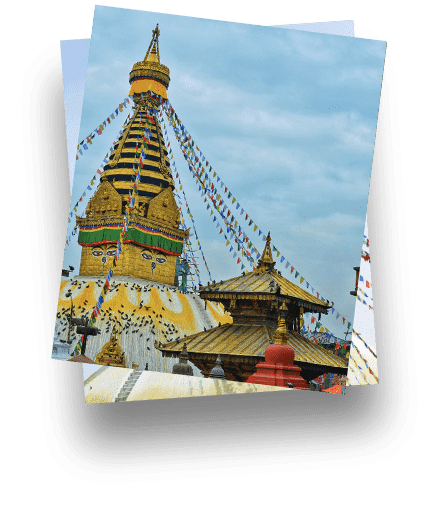
Read our Nepal Travel Guide

All rights reserved. Snow Cat Travel is a Registered Trade Mark UK 00003289264
